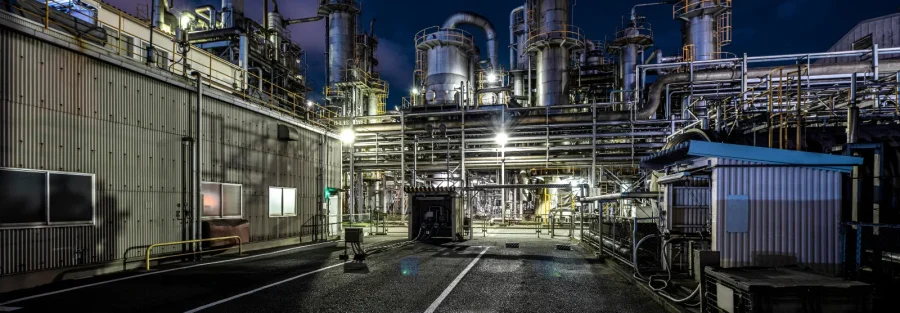Saudi Arabia has long been known as the kingdom of oil – but what happens when the world’s top crude exporter starts signing big-ticket LNG deals?
That’s exactly what happened recently when Saudi Aramco inked a 20-year agreement to purchase 1.2 million tons of liquefied natural gas (LNG) annually from U.S.-based NextDecade Corp. This isn’t just a trade deal – it’s a signal of where Saudi Arabia is headed next.
From Oil Giant to Energy Architect
Aramco’s traditional strength has been crude oil. But as global energy markets shift toward cleaner, transitional fuels, Aramco is now repositioning itself as a broad-spectrum energy player – not just a supplier of fuel, but a shaper of global energy flows.
By entering the LNG market – especially via a long-term U.S. partnership – Aramco is:
- Diversifying its export portfolio
- Positioning itself in the global natural gas transition
- Securing future-ready energy supply routes
Fun fact: LNG is expected to make up nearly 50% of global gas trade by 2040, according to the IEA. Aramco is simply getting ahead.
What’s in the Deal?
Signed on July 28, 2025, this 20-year offtake agreement commits Aramco to 1.2 million metric tons per year of LNG, sourced from NextDecade’s Rio Grande LNG project in Texas, with deliveries beginning in 2027.
The move gives Aramco access to competitively priced U.S. shale gas, expanding its footprint in one of the world’s most dynamic energy markets.
Why LNG, Why Now?
There’s a global pivot underway. Europe continues to seek alternatives to Russian gas, while countries like India, China, and across Southeast Asia are scaling up LNG infrastructure to meet rising demand. LNG, often referred to as a ‘bridge fuel,’ offers a cleaner, more flexible option than coal.
For Saudi Arabia – especially in the context of Vision 2030 – this marks a smart play to ensure energy resilience. Not only does it extend Saudi’s relevance in the hydrocarbon space, but it also secures its role in the mid-transition energy mix.
How Does This Fit into Vision 2030?
This isn’t just about gas – it’s about global positioning.
Through this deal, Aramco is moving closer to strategic autonomy – placing itself in long-term demand centers instead of waiting for them. It also aligns with the Kingdom’s push for economic diversification, bringing in expertise across energy tech, trading, and LNG logistics.
Strengthening ties with the U.S. energy ecosystem reinforces Saudi’s global network as geopolitical dynamics shift.
What It Means for Investors, Businesses & The Region
✅ Energy companies: The LNG corridor is heating up – now is the time to explore midstream, shipping, and terminal investment opportunities in the Gulf.
✅ Tech and innovation players: Advanced logistics, smart terminals, and carbon management around LNG will be in demand.
✅ Governments and infrastructure players: Expect more LNG terminals, storage facilities, and smart grid upgrades across the region.
Saudi isn’t stepping back from hydrocarbons. It’s stepping ahead – with cleaner, smarter, and more strategic moves.
Saudi Is Engineering an Energy Revolution
This Aramco – NextDecade LNG deal may seem like one of many energy agreements, but it’s a bellwether. It shows us that Saudi Arabia’s energy strategy is no longer about what it has – it’s about how it moves.
And if you’re watching closely, you’ll see:
This isn’t evolution. It’s execution – on a global scale.





